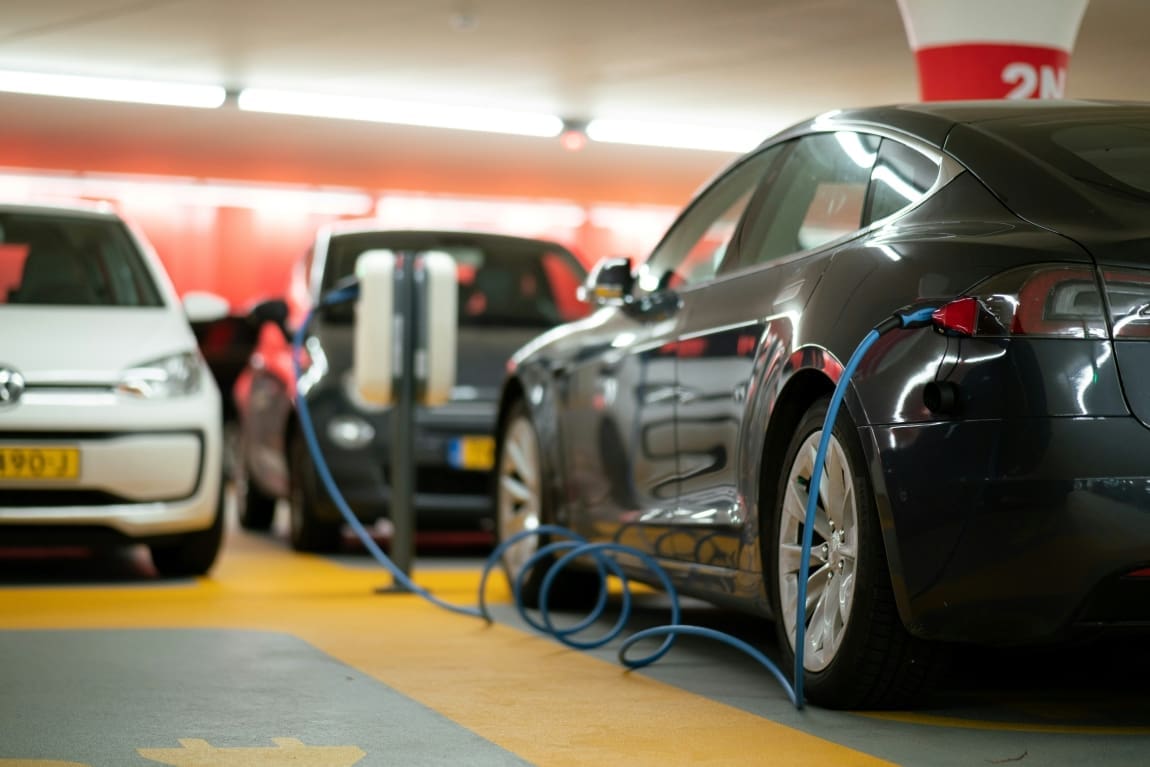By Lily Rau, Climateworks Centre, Melbourne | 360info
Zero-emissions vehicles would need to hit 73 percent of new light vehicle sales by 2030 to keep transport emissions aligned to limiting warming to 1.5 degrees.
Australia’s transport sector needs to decarbonise fast in order to meet emissions reductions in line with limiting global warming to no more than 1.5 degrees Celsius.
But focusing solely on electric vehicles (EVs) to get us there is unlikely to be enough.
Transport is Australia’s third-largest and fastest-growing source of greenhouse gas emissions.
Currently contributing 21 percent of Australia’s total emissions, it is projected to become the sector with the highest emissions by the end of the decade.
As transport emissions grow, almost all other sectors’ emissions trend downwards from 2023 to 2030 due to existing policies that promote switching to renewable energy and investments in efficiency and technology improvements.
The impact of transport is similar elsewhere, making up an average of 22 percent of emissions across most of Southeast Asia in 2021. Globally, the sector accounts for 23 percent of total emissions.
As Australian transport emissions continue to ramp up with travel patterns returning to pre-COVID-19 levels, now is the time to find new ways to achieve deep emissions reductions in line with the goals of the Paris Agreement.
Modest sales a brake
While much focus to date has been on the uptake of EVs driving down our transport emissions, modest sales figures leave Australia vulnerable to not meeting emissions reduction targets.
New modelling by Climateworks Centre shows that zero-emissions vehicles would need to hit 73 percent of new light vehicle sales – meaning cars, vans, SUVs and utes (utility vehicles) – by 2030 to keep transport emissions aligned to limiting warming to 1.5 degrees Celsius.
In 2023, they made up just 7.2 percent of new light vehicle sales.
Taking a technology-only approach is risky as it is susceptible to real-world challenges, including barriers to supply and technology development.
To keep emissions reductions on track, Australia can diversify the solutions it is using to reduce its transport emissions.
This could include “mode shift” — shifting the way we move people and goods to more sustainable modes, such as swapping a quick drive to the local shops with walking or cycling there instead — as well as reducing unnecessary trips, for example through making freight deliveries more efficient.
Such an approach is a win-win.
It can pick up the emissions reduction slack if Australia’s zero-emissions vehicle uptake is not rapid enough.
A range of solutions
But if the uptake accelerates, having a range of transport solutions will help reduce emissions further for the entire sector and Australia more broadly.
The good news is that decarbonising transport and improving the transport system overall can go hand in hand. Solutions that increase transport choices and make travel more efficient and convenient also reduce emissions.
For example, if Australia purely focuses on replacing every car and truck on the road with a zero-emissions option, it is going to get stuck with the same congestion issues.
Traffic is still traffic — regardless of the vehicle you are in.
By prioritising shifting to public and active transport — like walking or cycling — or reducing or shortening some trips, it could reduce total vehicle travel, helping make the transport system more efficient.
Climateworks’ latest report suggests that a ‘diverse solutions’ approach corresponds to a 27 percent decrease in vehicle kilometres travelled in 2050, across all road vehicles, which could decrease congestion and pressure on existing road infrastructure.
Australia does not have to look far to see other examples of diverse solutions being implemented to address accelerating transport emissions.
In New Zealand, Greater Wellington's transport plan includes a target for increasing active and public transport mode share — which is the percentage of trips made on foot, by bicycle or scooter, and on public transport — by 40 percent by 2030.
In Australia, the Victorian state government is taking a similar approach, setting a target to increase active transport mode share to 25 percent by 2030.
Australia can also learn from its northern regional neighbours.
Japan, South Korea and Singapore have each achieved impressive mode share for active and public transport in their major cities, making up more than 70 percent of travel in Tokyo, Seoul and Singapore.
In the immediate term, Australia can scale up existing solutions that avoid unnecessary travel and increase mode shift, making better use of existing infrastructure and services.
Better planning
As an added benefit, using existing transport networks more efficiently reduces the need to build additional infrastructure.
In the long term, Australia can more strategically plan its regions and cities.
Locating key destinations for living, working, education and recreation closer together and connecting them via efficient transport networks removes the need for long commutes and creates greater accessibility to public and active transport.
Planning for more efficient freight movements, including increased freight rail connectivity and services between key freight hubs and ports, helps take trucks off the road and delivers greater efficiency, productivity and safety benefits to businesses and the community.
Developing a credible plan to reduce Australia's transport emissions requires a shift in the way governments at all levels plan and fund transport.
The federal government is currently seeking feedback on its Transport and Infrastructure Net Zero Consultation Roadmap, providing the opportunity for more diverse solutions to be proposed to decarbonise Australia's transport sector.
We have an opportunity — right now — to get this right. What is clear is that the more solutions that are in the mix, the less risky the road ahead will be.
Lily Rau is a Senior Project Manager (Transport) for the Climateworks Centre at Monash University. She works with government and industry stakeholders to drive decarbonisation in the transport sector and was the lead author of the recently published ‘Decarbonising Australia's transport sector’ report.
Originally published under Creative Commons by 360info™.
Featured image credit: Michael Fousert | Unsplash




